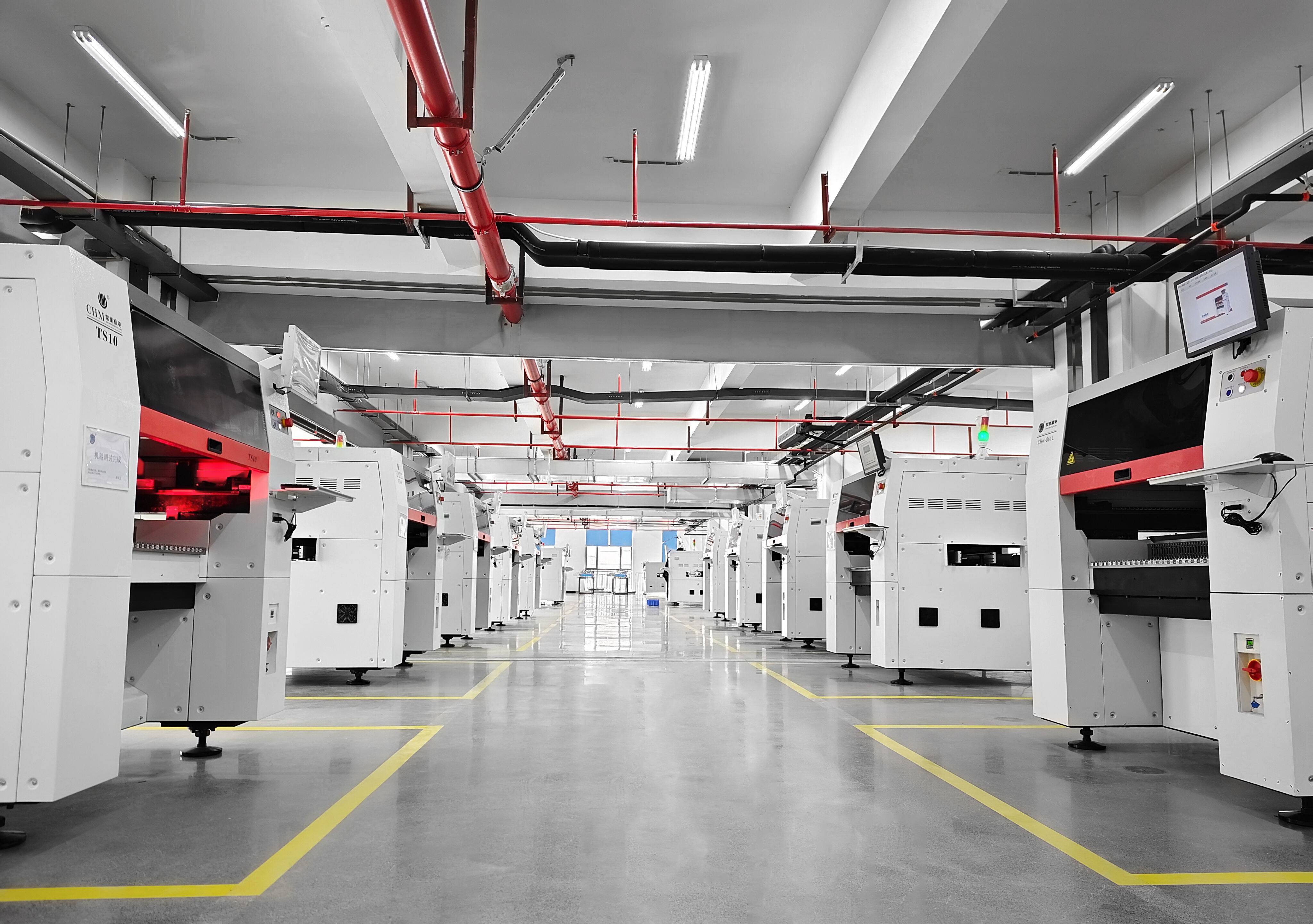Understanding Small Batch Production Challenges
Defining Small Batch Electronics Manufacturing
Small batch electronics manufacturing is characterized by the production of a limited number of electronic devices, often less than standard production runs, tailored for niche markets or prototypes. This method addresses the needs of companies that require flexibility, allowing for quick adjustments to designs and specifications when developing new products. For instance, startups in technology frequently depend on small batch electronics manufacturing to introduce their innovations, as evidenced by a survey conducted by the Institute of Electrical and Electronics Engineers (IEEE), which highlighted that nearly 65% of such startups utilize this approach. This process is especially beneficial for handling specialized components that often accompany unique design requirements, setting it apart from mass production methodologies that emphasize uniformity and scale.
Key Pain Points in Prototype and Niche Production
Navigating the landscape of small batch production presents several challenges. One significant issue is the limited availability of tooling options, which results in higher per-unit costs and extended lead times compared to larger production runs. Quality control is equally paramount because manufacturers must ensure prototypes adhere strictly to specifications, leaving no margin for error typical in mass-production settings. According to a study documented by TechRepublic, over half of small batch manufacturers, exactly 55%, report difficulties with sourcing components, a problem compounded by the low volume demand and fluctuating supply requirements characteristic of niche markets. These findings underscore the complexities of producing small quantities without sacrificing quality or efficiency, making it crucial for businesses to devise effective strategies to manage these obstacles.
The Role of Desktop SMT Machines in Precision Assembly
How Pick-and-Place Systems Streamline Component Placement
Desktop SMT machines equipped with pick-and-place systems are revolutionizing component placement by significantly boosting efficiency. These machines are designed for precision assembly, minimizing human error and enhancing performance by automating the placement process. This automation saves substantial time on manual labor, making it an indispensable asset in modern manufacturing. In fact, research indicates that adopting automated desktop SMT machines can increase throughput by up to 40% compared to traditional methods. This leap in productivity underscores the transformative impact of technology in manufacturing, aligning with industry demands for speed and accuracy.
PCB-Specific Advantages of Compact SMT Equipment
Compact SMT equipment brings specialized benefits that are particularly useful for PCB production. These machines are adept at handling various PCB sizes and types, providing flexibility to accommodate intricate designs and diverse components. The versatility of such equipment enables innovative product development, essential in fields requiring custom electronics. With the growing demand for bespoke electronic solutions, compact SMT technology offers a promising edge by ensuring faster turnaround times in PCB fabrication and assembly. By leveraging these advancements, manufacturers can effectively meet the dynamic needs of their clients and expand their market reach.
Optimizing SMT Production Line Flexibility
Maximizing SMT production line flexibility often hinges on seamless integration with ancillary SMT equipment like stencil printers and reflow ovens. By integrating desktop SMT machines with these essential components, manufacturers can effortlessly adapt to changes in batch sizes or component types, thus minimizing downtime. Notably, a white paper by IPC highlights that such streamlined integration can reduce setup times by up to 30%, significantly enhancing overall production flow. This capability ensures that businesses can maintain operational efficiency, even as demand fluctuates or new products are introduced.
An example of companies excelling in this domain is Hunan Charmhigh Electromechanical Equipment Co., Ltd. They provide reliable desktop SMT pick and place machines that are designed with flexibility and precision in mind. Their products facilitate efficient electronic assembly and are frequently used in both educational settings and small-scale commercial productions, reinforcing adaptability and streamlined operations.
Real-Time Process Adjustments for Varied Batch Sizes
Efficient production requires the ability to make real-time process adjustments, especially when transitioning between varied batch sizes. Desktop SMT machines equipped with smart technology excel in this regard, continuously monitoring and responding to changes instantaneously. This adaptability is crucial for improving the overall workflow and catering to small batch production needs. Furthermore, statistical process control (SPC) methodologies have shown that real-time monitoring can lead to a 15% increase in yield rates. This boost not only enhances productivity but also ensures higher-quality output, meeting the growing demands for precision and customization in the electronics industry.
Cost Analysis: Desktop vs Traditional SMT Solutions
Reduced Initial Investment and Operating Costs
Desktop SMT machines offer a compelling cost advantage over traditional solutions. The initial investment required is lower due to smaller, less complex setups. Traditional SMT setups necessitate larger machinery and space, leading to higher upfront costs. Furthermore, desktop machines are designed with energy efficiency in mind, which reduces operating costs. This compact design makes them particularly appealing to small businesses looking to maximize their budget allocation. A market analysis has revealed that startups adopting desktop SMT machines can save up to 50% on production costs, making it a financially prudent choice for emerging enterprises.
ROI Considerations for Low-Volume Operations
Evaluating the return on investment (ROI) for low-volume operations reveals that desktop SMT machines often provide a more favorable financial model. Their capability to minimize waste and maximize efficiency aligns perfectly with the demands of short production runs. This reduces material costs and improves operational efficiency at a fundamental level. Financial reports indicate payback periods of 6-12 months for companies utilizing these machines in low-volume manufacturing settings. As a result, the desktop SMT machine becomes a valuable asset for businesses aiming to optimize resources while satisfying niche market demands. Its suitability for low-volume operations makes it a strategic investment for manufacturers prioritizing flexibility and cost-effectiveness.

